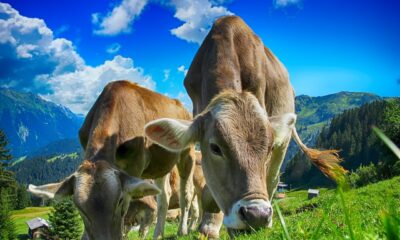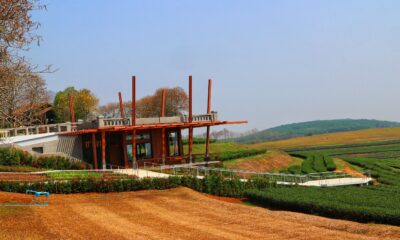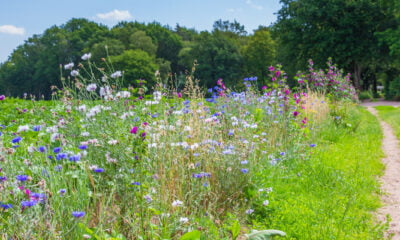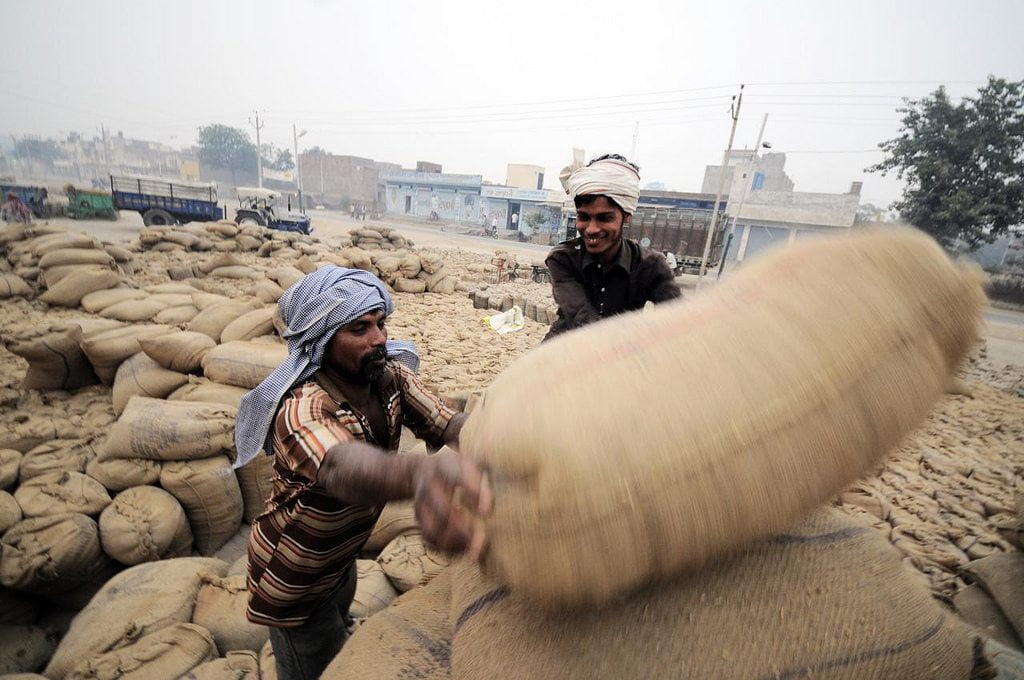
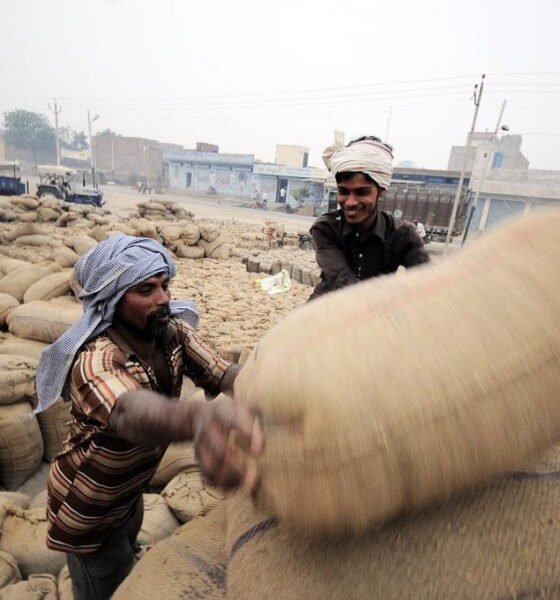
Features
Are crop yield trends on track to meet future demand?
Several reports estimate that global crop production needs to double by 2050 to meet the demands of more people, more people eating meat, and more crops being used for biofuel production.
I previously wrote a post about five strategies for increasing food security while improving the environment. One strategy is quite obvious: increase crop production. We need more food, so let’s grow more on our current cropland or expand into new areas. Sounds simple, right?
Let’s unpack a few of the details to see if we’re on track to meet projected needs in the coming decades.
Wheat, rice, maize, and soybean are a good starting point since they collectively comprise two-thirds of the calories produced on croplands. To assess how crop yields are trending, my colleague Deepak Ray, I, and a few others at the University of Minnesota’s Institute on the Environment recently compiled over 2m yield observations from agricultural census records across 13,500 counties and other sub-national political units.
We found that yield trends are stagnating or declining in about 25-40% of areas growing these four crops. Some of these are places where the green revolution arrived and plateaued, whereas others are places that got left behind and have had little investment in new technology and management in the past few decades.
Yet, this finding still did not quite address the more basic question of whether yield trends are on track globally. Could the gains in some areas outweigh the losses in others?
Unfortunately, current yield trends over the last two decades suggest we’re on track to increase production of these four crops by only 38-67% by 2050. These increases are far from the estimated 100% increase needed.
Expanding croplands is certainly an option, but clearing land for agriculture often comes with environmental problems, such as greenhouse gas emissions from the carbon stored in the lush natural vegetation, loss of habitat, and decreased water quality. Further, we’re already farming on soils best suited to produce crops, and expansion largely happens in marginal areas.
But all is not doom and gloom. Although it is not a complete roadmap of how to overcome local and regional obstacles, the analysis helps pinpoint places to target investments in technology, training, and management to increase yields. It also illustrates that increasing production needs to be one several strategies. Other major opportunities to meet future needs relate to reducing the demand.
About two-thirds of calories produced from crops are used to feed livestock. It takes around 30 calories of feed to produce a calorie of beef, so reducing meat consumption frees up many calories already produced.
A second major opportunity is reducing waste. Around one-third of the food produced is wasted. Reducing the demand for crops by using what we already grow more efficiently, combined with increasing production, can meet future needs and is a more sustainable path forward.
Want more details? You can read the entire science article here.
Paul West is an ecologist finding ways to feed the future while sustaining our planet. Through his job as chief collaboration officer at UMN’s Institute on the Environment, he works to get science out of the ivory tower and into the hands of people affecting change on the ground. Follow him on Twitter @coolfireconserv.
Further reading:
We must improve the efficiency of food production
World wasting up to half of global food
Nutrients and water: closing yield gaps
Tackle food waste to tackle inequality, government report says


 Environment10 months ago
Environment10 months agoAre Polymer Banknotes: an Eco-Friendly Trend or a Groundswell?

 Environment11 months ago
Environment11 months agoEco-Friendly Home Improvements: Top 7 Upgrades for 2025

 Features9 months ago
Features9 months agoEco-Friendly Cryptocurrencies: Sustainable Investment Choices

 Features10 months ago
Features10 months agoEco-Friendly Crypto Traders Must Find the Right Exchange


